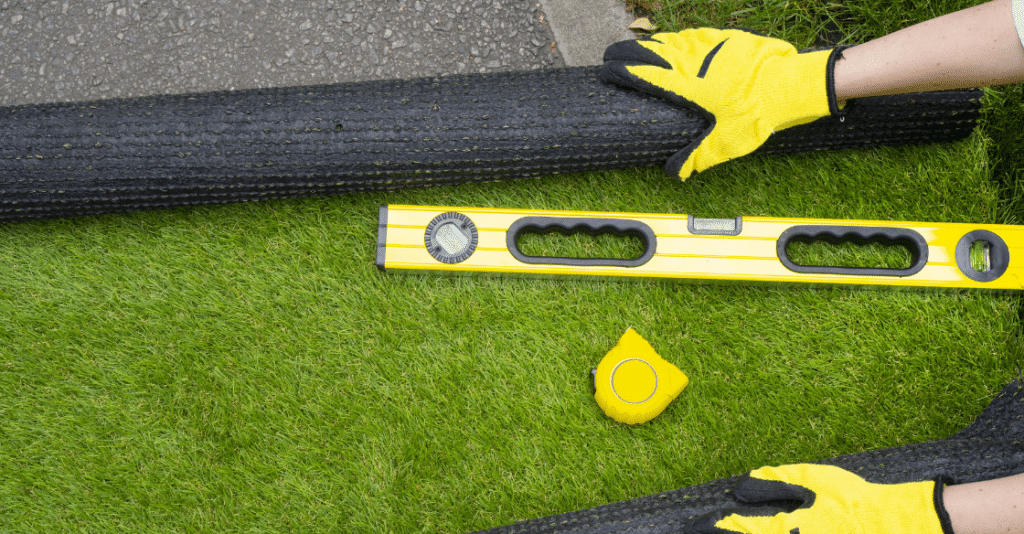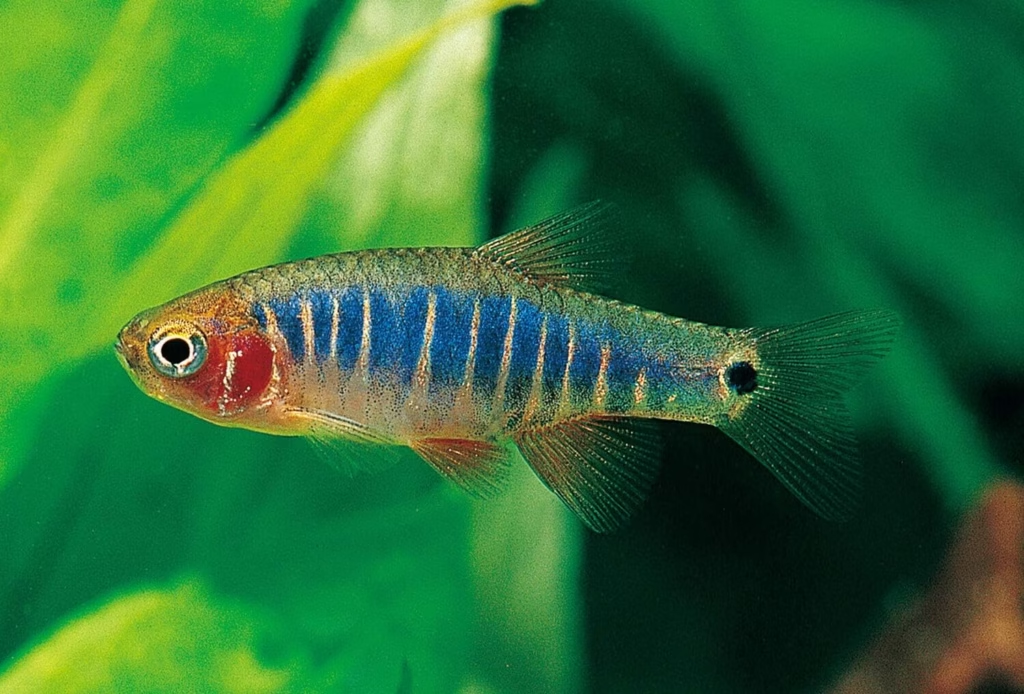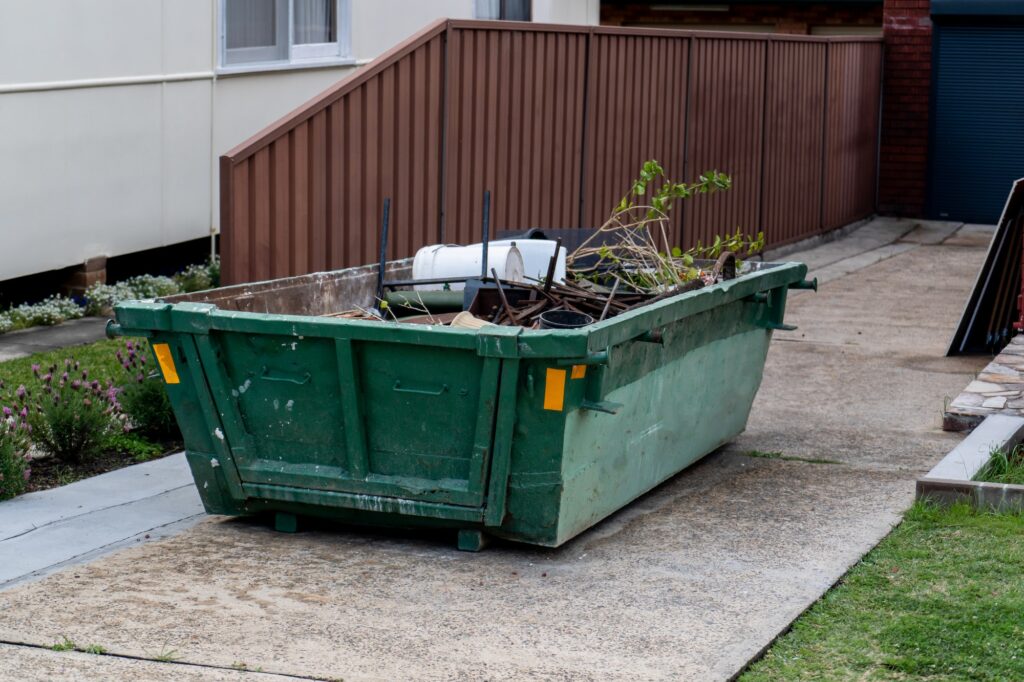The transformation of a dry, uneven area of earth into lush green grass can be one of the most rewarding improvements to a commercial or residential property. You can install turf to achieve various goals, including improving curb appeal, creating a kid-friendly space, and enjoying a vibrant, low-maintenance lawn. Planning and fully understanding how the turf installation will be done is important to achieving a long-lasting, healthy yard.
In this guide, you’ll learn the fundamentals of turf installation—from preparing the site to aftercare—to know what to do and how to achieve success. Whether you go for synthetic or natural turf, the process is the same: it requires the right mindset and attention to detail. Services like Quality Landscaping with Mission Service Co. are perfect for those who want peace of mind. They also ensure the best results.
Step 1: Select The Best Turf For Your Space
Not all lawns are the same. The first thing to do in the installation is to choose the turf type that will work best for your location, weather, and usage. There are many factors to take into consideration, including:
- Sunlight exposure: While some grasses grow best in full sunlight, others prefer partial shade.
- Foot Traffic: Choose durable, resistant-to-wear turf if you plan to use your lawn frequently with kids, pets, or guests.
- Maintenance expectations: Natural turf must be mowed and watered regularly, whereas synthetic turf requires less maintenance.
A professional landscaper can help you find the perfect turf variety to suit your goals, soil type, and long-term plans.
Step 2: Site Preparation
Prepare the ground after you choose your turf. This gives your turf the best chance to root (in a natural grass situation) or to sit uniformly (in a synthetic turf scenario). Site preparation includes the following:
- Clearing area: Take out all grass, weeds, rocks, and debris.
- Testing soil: Measure the pH and nutrient level to determine if soil amendments are required.
- Leveling: smooth out bumps in the soil to ensure drainage and a flat surface.
- Tilling, grading, and other soil preparation: These processes loosen and grade the soil to a depth appropriate for establishing natural turf.
A professional’s help is most valuable during this phase. With quality landscape with Mission Service Co., you can take advantage of the expertise and equipment needed to improve site preparation.
Step 3: Installing The Turf
Installing the turf is where you truly begin your transformation. Whether you use natural or synthetic grass will have little impact on the procedure.
Natural Sod
- Laying a turf: A carpet-like sod is rolled, the edges being aligned closely to avoid gaps.
- Watering: Immediate deep watering to help sod bond with soil is essential.
- Rolling: Using a turf roll, the sod is pressed firmly into the ground to remove air pockets. The roller also promotes root-to-soil contact.
Synthetic Turf
- Laying out the turf: Cutting, measuring, and fitting the synthetic grass to the area.
- Securing: The turf will be pinned, glued, or brushed into place to raise the blades of grass.
- Infill applications: Materials like rubber or sand pellets are added to cushion and weigh down the grass.
Both methods require care and precision to guarantee a seamless, lasting outcome.
Step 4: Aftercare And Maintenance
Installing turf does not end with the installation. Maintenance is required to maintain the appearance of your turf.
For Natural Turf
- Watering plan: Keep the soil moist for the first two weeks to encourage the growth of roots.
- Mowing: You can mow your grass for the first time at approximately 3 inches.
- Fertilization: Regular feeding supports healthy, green growth.
Synthetic Turf
- Brushing: Brushing grass blades occasionally will help keep them upright and make them more attractive.
- Cleaning: Remove all leaves, debris, spills, and other impurities to maintain cleanliness.
- Rinsing: When living in a dry climate, it is advisable to rinse your clothes now and then.
Conclusion
Turf installation is not as simple as it seems. However, the details make all the difference. A landscaping partner you can trust makes all the difference, from planning and product selection through expert implementation. With the proper support and preparation, you can turn your outdoor space into a vibrant, functional, and beautiful area.






